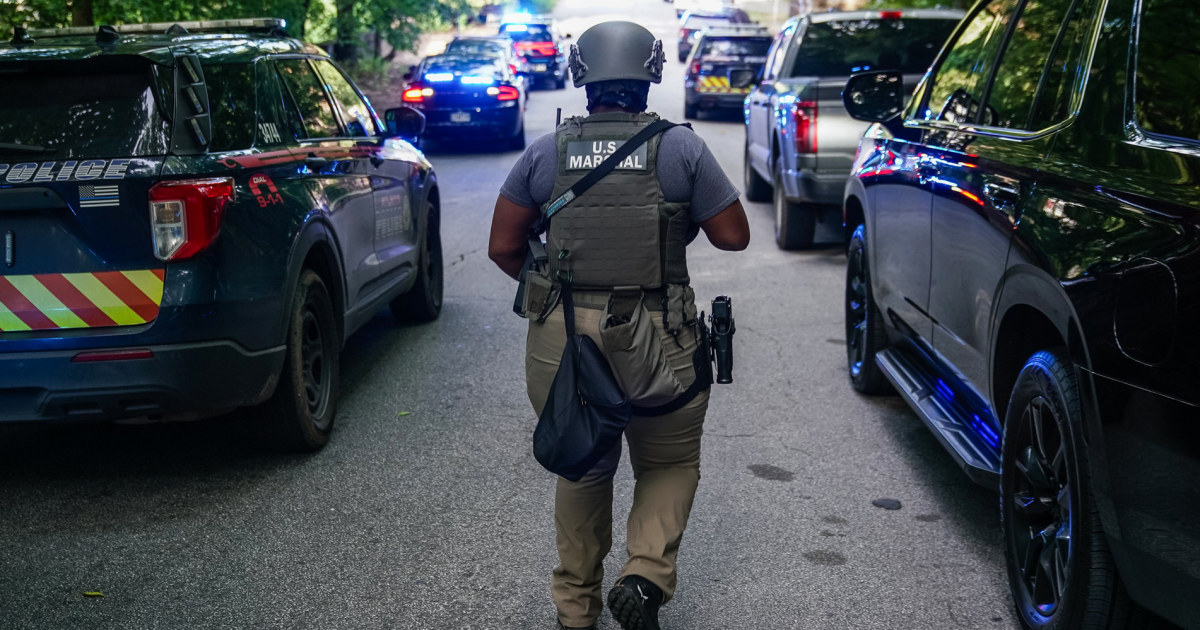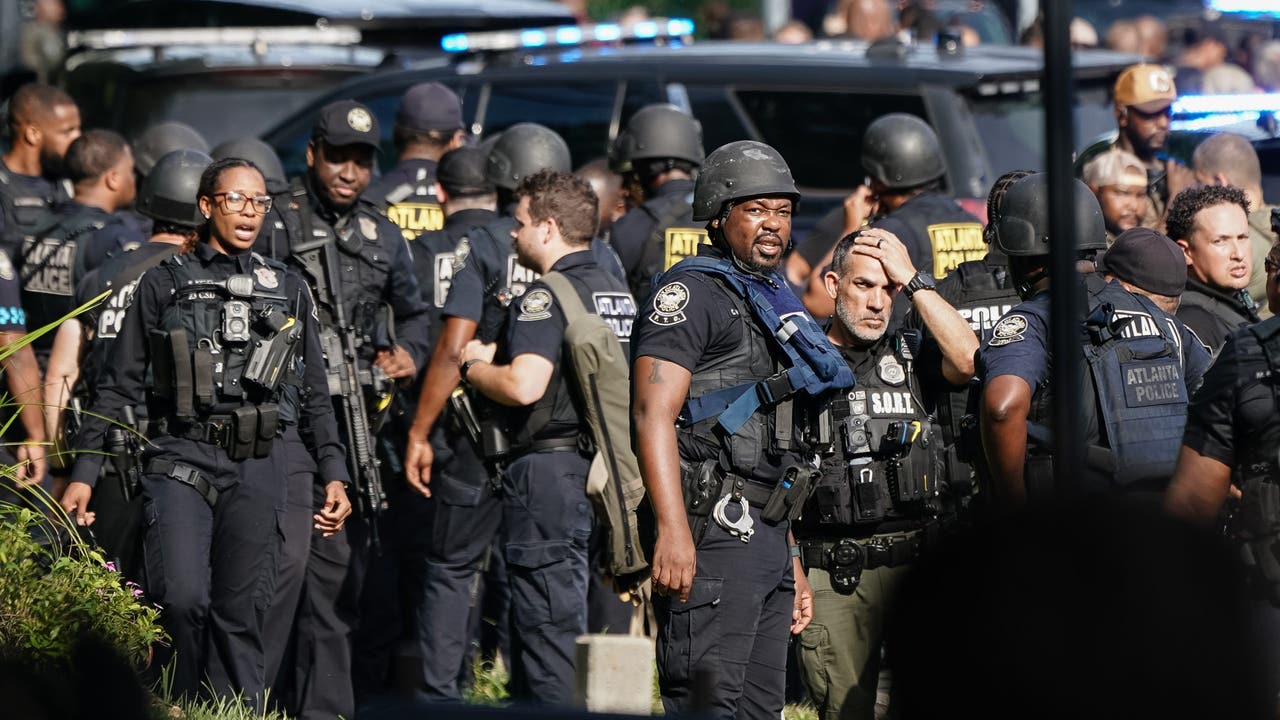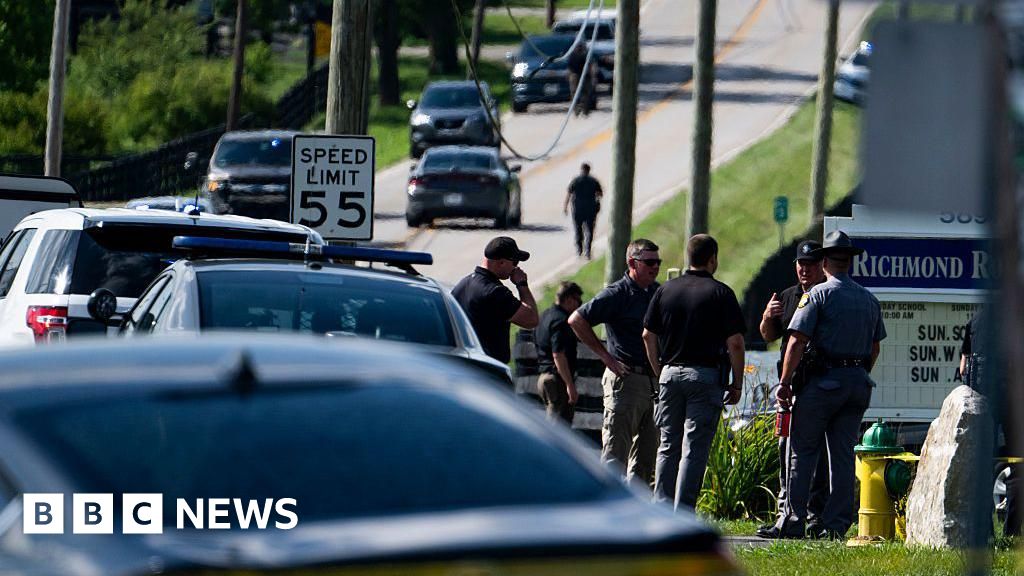Shooting at CDC Headquarters Leaves Many in Shock
Introduction
In a shocking turn of events, the Georgia Bureau of Investigation (GBI) has revealed that over 500 rounds were fired in a recent shooting at the Centers for Disease Control and Prevention (CDC) headquarters. According to authorities, the suspect, a former employee, stole the guns used in the shooting from his father.
Key Details
The incident, which took place on Friday, has left many questioning how the suspect was able to acquire such a large amount of ammunition. The GBI has launched an investigation into the matter and is working to determine how the suspect obtained the stolen weapons. Despite the barrage of bullets, no one else was shot, according to investigators. This has raised questions about the security protocol at the CDC and the potential for further incidents in the future.
Impact
This shooting has left many in shock and has once again brought the issue of gun control to the forefront. The fact that the suspect was able to steal the guns from his own father highlights the need for stricter laws and regulations to prevent similar incidents from occurring. The safety of employees and visitors at the CDC must also be reevaluated to ensure that proper measures are in place to prevent future attacks. The GBI's investigation will hopefully shed light on the circumstances surrounding this tragic event and lead to necessary changes to prevent similar incidents in the future.
About the Organizations Mentioned
Centers for Disease Control and Prevention
The Centers for Disease Control and Prevention (CDC) is a premier U.S. public health agency established on July 1, 1946, originally as the Communicable Disease Center. It evolved from the wartime Malaria Control in War Areas program (MCWA) created during World War II to combat malaria around military bases in the southern United States[1][3][7]. Headquartered in Atlanta, Georgia, the CDC has grown from a regional malaria control unit to a comprehensive national and global health protection agency. The CDC’s mission is to protect public health and safety through disease control and prevention, health promotion, and emergency preparedness. It investigates and responds to emerging health threats such as infectious diseases—including COVID-19, influenza, and bioterrorism agents—as well as chronic diseases, injuries, workplace hazards, environmental health threats, and more[2][6]. The agency conducts scientific research via over 200 specialized laboratories nationwide, supports public health workforce development, and communicates critical health information to the public[6][5]. Throughout its history, the CDC has expanded its scope and structure significantly. It was renamed the Center for Disease Control in 1970, then the Centers for Disease Control in 1980 as it incorporated multiple centers, and finally adopted the current name, Centers for Disease Control and Prevention, in 1992 to emphasize prevention efforts while retaining the CDC acronym for recognition[2][8]. Its organizational breadth now includes centers focused on infectious diseases, chronic diseases, environmental health, injury prevention, occupational safety, and health statistics. Notable achievements include leading vaccination campaigns against diseases like measles and rubella, advancing injury prevention, and mounting global efforts against infectious outbreaks. The CDC also played a pivotal role in combating antibiotic misuse and bioterrorism preparedness. Despite past controversies like the Tuskegee syphilis study, the agency remains a leader in epidemiology and public health innovation, employing a multidisciplinary workforce of scientists, clinicians, and public health experts dedicated t









